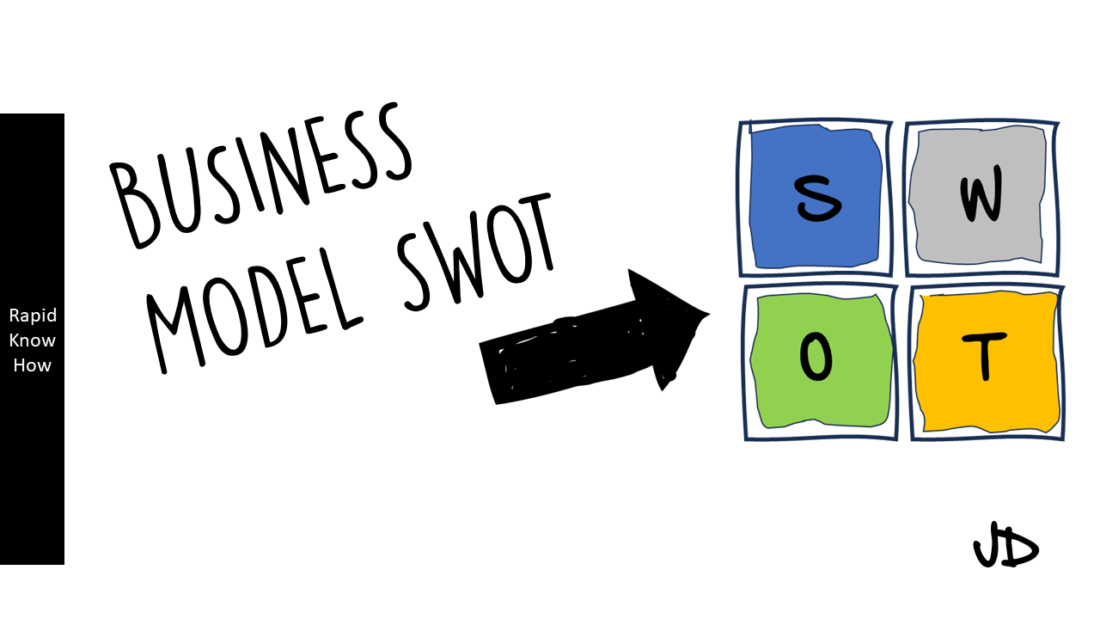The SWOT model is a strategic planning tool that stands for Strengths, Weaknesses, Opportunities, and Threats. It is used by businesses and organizations to understand their internal and external environments better. The SWOT model helps in decision-making by identifying the strengths and weaknesses within an organization (internal factors) and the opportunities and threats present in the external environment (external factors).
The 4 Components of the SWOT Model
Let’s break down each component of the SWOT model:
1. Strengths: These are the characteristics of a business or project that give it an advantage over others. Strengths are internal; they reside within the organization. For example, a company might have a highly skilled workforce, proprietary technology, or strong brand recognition.
2. Weaknesses: These are the characteristics that place the business or project at a disadvantage relative to others. Like strengths, weaknesses are also internal. They could include things like outdated technology, poor customer service, or high employee turnover.
3. Opportunities: These are elements in the environment that the business or project could exploit to its advantage. Opportunities are external; they exist in the marketplace or broader environment. They might include a growing market for your product, changes in regulatory environment that open up new possibilities, or technological advancements.
4. Threats: These are elements in the environment that could cause trouble for the business or project. Threats are also external. They could be things like a new competitor entering your market, changes in consumer behavior, or new regulations that could negatively impact your business.
Demonstrating the SWOT Model in Action
Now let’s show and tell how this model works with an example:
Imagine you’re running a small bakery shop:
Strengths might include your unique recipes, excellent customer service, and loyal local customer base.
Weaknesses might be limited financial resources for expansion, lack of online presence, and dependence on local suppliers for ingredients.
Opportunities could be growing demand for gluten-free products (which you can cater to), potential partnerships with local restaurants for supplying baked goods, or expanding your reach through online delivery platforms.
Threats might include a large bakery chain planning to open a store nearby, rising costs of ingredients due to inflation or supply chain issues, or changes in dietary habits of consumers towards low-carb diets.
By analyzing these factors using the SWOT model, you can formulate strategies that leverage your strengths and opportunities while addressing your weaknesses and mitigating threats. For instance, you might decide to invest in building an online presence (addressing a weakness) to tap into the growing demand for gluten-free products (an opportunity). Or you may decide to diversify your product range to reduce dependence on certain ingredients (mitigating a threat).
In conclusion, the SWOT model is an effective tool for understanding both internal capabilities and external possibilities. It provides a structured way to analyze your situation and develop strategies accordingly. Whether you’re starting a new project or looking to improve an existing one, applying the SWOT model can provide valuable insights to guide your decision-making process.




